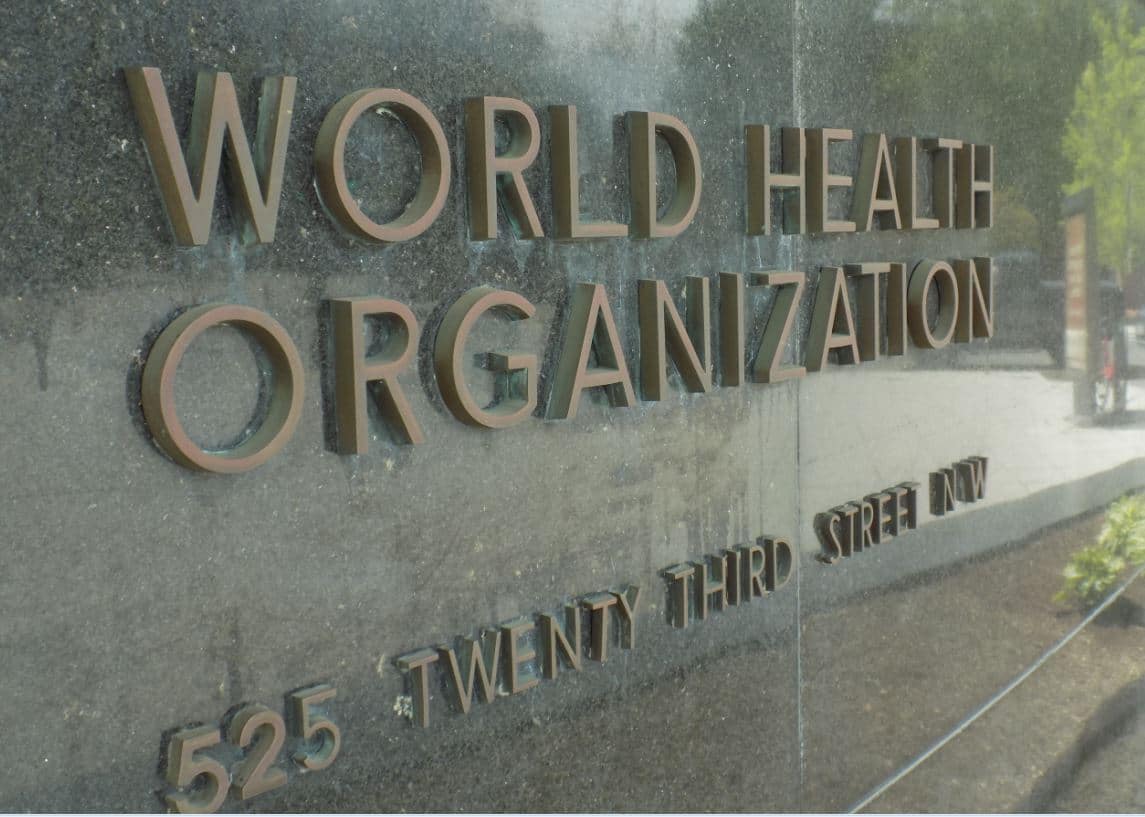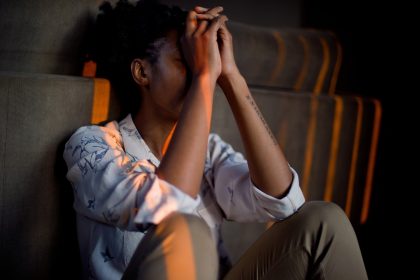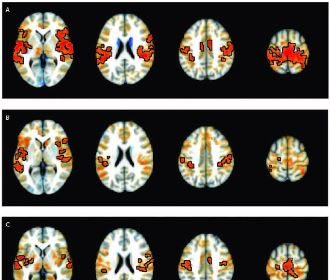New WHO Guidance Aims to Achieve Significant Reduction in Suicide Rate

The World Health Organization released new suicide prevention guidance last week aimed at reducing the world’s suicide rate by a third by 2030.
“While a comprehensive national suicide prevention strategy should be the ultimate goal for all governments,” said Dr. Alexandra Fleischmann, suicide prevention expert at the World Health Organization, “starting suicide prevention with LIVE LIFE interventions can save lives and prevent the heartbreak that follows for those left behind.”
According to WHO’s latest estimates, every year, more people die as a result of suicide than HIV, malaria, breast cancer, war or homicide.
In 2019, more than 700,000 people died by suicide, or one in every 100 deaths.
According to the WHO, more than twice as many males die due to suicide as females, and suicide rates among men are generally higher in high-income countries, whereas for females, the highest suicide rates are found in lower-middle-income countries.
While the suicide rate is decreasing in most developed countries, the rate is actually climbing in the U.S, where there has been a 17% increase in suicides since 2000.
Part of this increase is due to a lack of prevention strategy, the WHO said. The organization said currently, only 38 countries are known to have one.
The new guidance from the World Health Organization called LIVE LIFE supports the development of a nationwide strategy, as it is full of interventions which have been proven to work and accompanied with data on suicide rates around the world.
LIVE LIFE focuses on four strategies to prevent future suicides: limiting the access to the means of suicide, such as highly hazardous pesticides and firearms, educating the media on responsible reporting of suicide, fostering socio-emotional life skills in adolescents, and early identification, assessment, management and follow-up of anyone affected by suicidal thoughts and behavior.
Pesticide poisoning is estimated to cause 20 percent of all suicides, and national bans of acutely toxic, highly hazardous pesticides have shown to be effective, the organization said. Other guidance measures include restricting access to firearms, reducing the size of medication packages, and installing barriers at jump sites.
The WHO guidance also encourages mental health promotion and anti-bullying programs in K-12 schools and colleges and universities.
This kind of support might have saved the life of Seth Miller, a 15-year-old from Kentucky, who died by suicide four years ago.
“The steak knives and scissors were put up in a lockbox, and the key for the gun safe was hidden every few days. He had it in his head to find it,” said his sister Jessica York, a 23-year-old who runs an online custom T-shirt company called Divine Roots out of Benton, KY.
York said that bullying at school and on social media were factors that led to Miller’s depression, but it wasn’t until he got to middle school that he became suicidal.
“We knew he was being bullied, but we don’t know to what extent, and when we got to his phone after everything had happened, he had erased everything,” she said.
Although Miller had never previously attempted suicide, his sister said he had a history of making threats about taking his life, and had been admitted to local behavioral center for treatment.
He was receiving antidepressant medication and attending therapy during the 6 months leading up to his death, she said.
York believes that among other things, if her brother had learned to develop better coping skills, he might not have killed himself.
“I know a lot of people believe suicide is the easy way out, but he didn’t take the easy way out,” York said. “A lot of people think suicide is their only way out.”
In related news, the Lewis and Clark Suicide Prevention Coalition’s new Safer Communities Montana program is currently working with fire arm dealers and pharmacists to prevent suicides, as studies show that 51% of suicides in the U.S. are carried out with firearms.
The pilot program is working with fire arm dealers and gun ranges to reduce the odds of suicide by slowing sales or rentals when a patron appears to exhibit warning signs.
The coalition is also working with pharmacists to dispense pills in blister packs, limit prescription quantities, and setting system alarms to identify when a patient stops taking their medication as directed.
“If you have a firearm that is not in use, keep it locked and unloaded, same thing with medication, lock up what you need and dispose of any leftovers you no longer use. That way, they won’t get into the wrong hands at the wrong time,” said Caroline Patterson in a press release, a Lewis and Clark Public Health suicide prevention VISTA who is helping to implement the program.
























